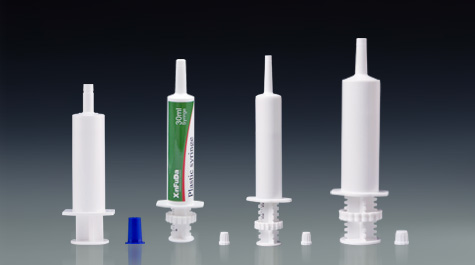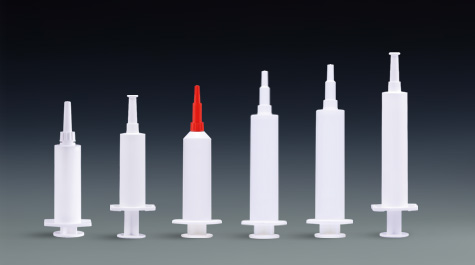The veterinary syringe is composed of a tube sleeve, a push rod, a piston, a protective cap, and a positioning ring. It is a new type of packaging that has both drug storage and injection functions. In the quality standard of the syringe, abnormal toxicity detection is a special and very necessary indicator.
The veterinary syringe is mainly used for the packaging of drugs such as dairy cow mastitis, dairy cow endometritis, pet nutrition ointment, etc. It has the characteristics of convenient use, reduced pollution and less residue. Abnormal toxicity is different from the toxicity characteristics of the drug itself. It refers to the toxicity caused by the introduction during the production process or other reasons. This test aims to prove whether the veterinary syringe is contaminated with exogenous toxic substances and whether there is unexpected unsafe factor.
In China’s T/CVDA 1-2019 "Pre-filled Plastic Breast Injector for Veterinary Use" standard, the detection requirements for abnormal toxicity are as follows: Take a few of this product, rinse the syringe with water, cut it, and take 500cm2 (within Surface area meter), add 50ml of sodium chloride injection, put it in the autoclave 110 for 30 minutes, take it out, cool it for use, use the same batch of sodium chloride injection as a blank, intravenously, and inspect according to law ("The People's Republic of China Veterinary Pharmacopoeia 2015 Edition Two General Rules 1111), should meet the requirements.
The detection of abnormal toxicity is a mandatory item for veterinary syringes, and it is also the key to ensuring the safety of medicines and the effect of animal treatment. As people's awareness of food safety continues to increase, the country's requirements for veterinary drug packaging will also become higher and higher.


没有评论:
发表评论